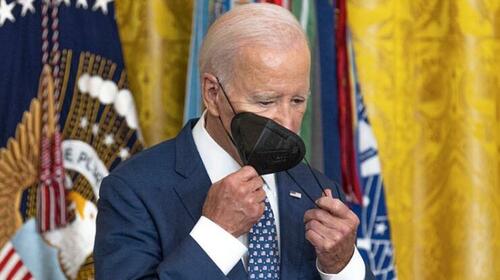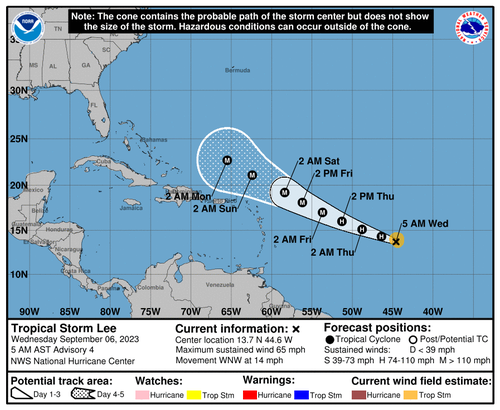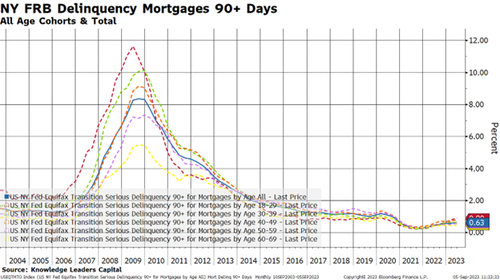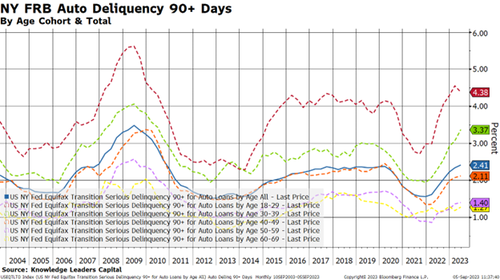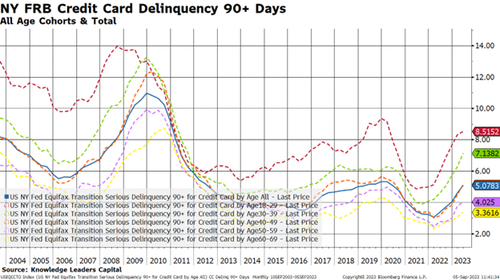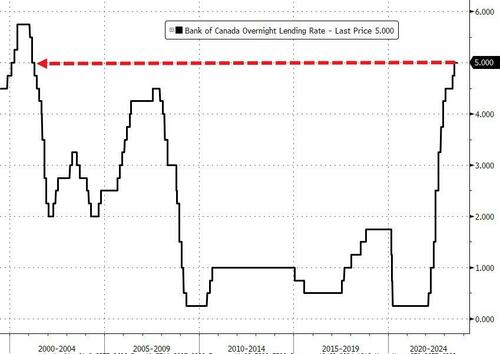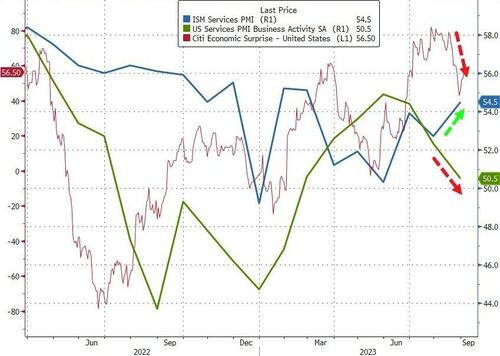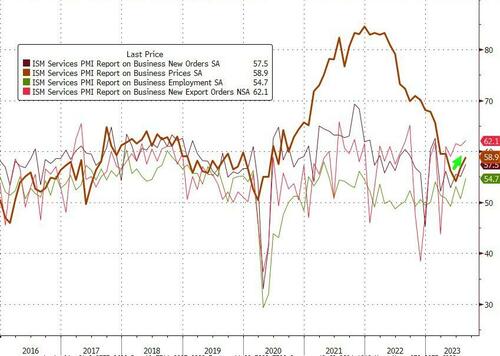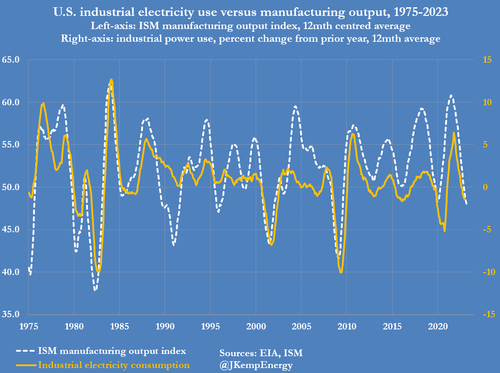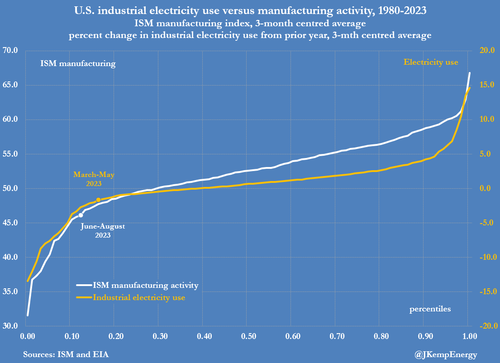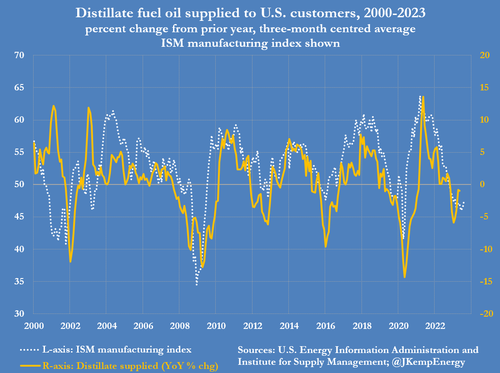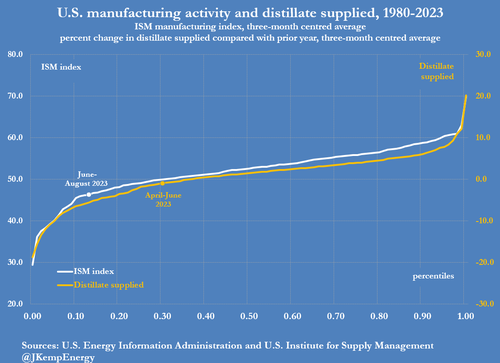
Colorado has a popular Democratic governor, Jared Polis.
He’s a rare Democrat who says, “I’m for more freedom and lower taxes.”
But is he really?
At least he’s willing to come to Stossel TV to debate.
Refreshingly, Polis supports charter schools. He even founded two. Unfortunately, his state’s school choice program only applies to government schools. Florida, Arizona, Utah, Indiana, West Virginia, Iowa, and Arkansas now help parents send their kids to any school.
When I tell Polis that Colorado lags, he responds, “I’m not a fan of these voucher programs with no accountability where it can be Joe’s Taco Shop and K-8 academy and they’re getting taxpayer money.”
But it’s not true that independent schools have “no accountability.” They are accountable to parents, which is better than being “accountable” to sleepy government bureaucrats.
His state also launched universal preschool. But why? Even the much-praised Head Start program doesn’t help kids. A federal study found that by third grade, there was no difference between those who attend Head Start and those who don’t.
“Why fund something that makes no difference?” I ask.
Polis responds: “High-quality early childhood education leads to better outcomes.”
It probably would. But rarely does government offer “high quality.”
Another Polis mistake: He supported a higher tax on vape products.
“Vaping saves lives,” I point out. “It’s better than smoking.”
“Even though vaping has been effective in helping people get off of smoking,” Polis responds, “it’s also led to more nicotine addiction, especially among young people.”
But nicotine isn’t what kills.
At least, when it comes to legalizing marijuana and psychedelics, Colorado leads the country.
“It’s ultimately a matter of personal responsibility,” says Polis. “If you want to use marijuana, if you want to drink, if you want to smoke, that’s your prerogative. The government shouldn’t be deciding that for you.”
That’s good to hear.
Colorado produces lots of oil and gas. Polis is requiring 30 percent reductions for nitrous oxide emissions.
“Sounds like it will cripple the business,” I tell him.
“The oil and gas companies are going to be able to reach that,” Polis responds. “It simply means rather than moving oil and gas on trucks, they use pipelines.”
We’ll see how that works out.
Another area where we disagree: Polis opposed the recent Supreme Court decision that ruled a website designer should not be forced to create a wedding site for a gay couple.
“It’s OK to force me to make a website or cake for your marriage?” I ask.
“If you’re a public accommodation or storefront, you can’t say no Blacks, no Jews, no gays,” Polis responds. “Obviously, you don’t accept a commission to paint something or do something that you don’t agree with. There’s a gray area…what’s creative and what’s public accommodation.”
I don’t think it’s a gray area. Business owners should be free to make their own rules. They created the business. Consumers have choices. There’s more than one bakery or website designer.
Polis also criticized the court for declaring President Joe Biden’s student loan forgiveness unconstitutional.
I ask, “Why should someone who doesn’t go to college…have to pay for people like you and me who went to the same overpriced college [Princeton]?”
“There is a problem with costs in higher education,” replies Polis, dodging my question but admitting that government handouts raise prices. “Federal policy…helps fuel the increase in costs.”
Polis then claimed that Democrats are “more pro-freedom than Republicans.”
But most Democrats don’t want people left free to own guns, choose their kids’ schools, hire whom they want, or not bake cakes for people with whom they disagree. Sometimes I think abortion is the only choice Democrats support.
I complain to Polis, “Democrats got me pretty much banned from Facebook because I say climate change is not an emergency.”
“Why do you say it’s Democrats?” Polis replies, arguing that Republicans are more eager to ban social media. He points to Montana’s ban of TikTok. But of course, that’s not about censoring content; it’s about China’s ownership.
Polis and I talked for almost an hour about crime, equity versus equality, entrepreneurship, and more. We disagree but also find common ground. I’m glad he’s willing to debate. You can watch the whole interview at JohnStossel.com.
COPYRIGHT 2023 BY JFS PRODUCTIONS INC.
The post Jared Polis: Democrats Are 'More Pro-Freedom Than Republicans' appeared first on Reason.com.
from Latest https://ift.tt/Py5U3mz
via IFTTT

